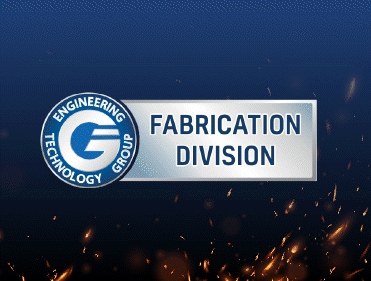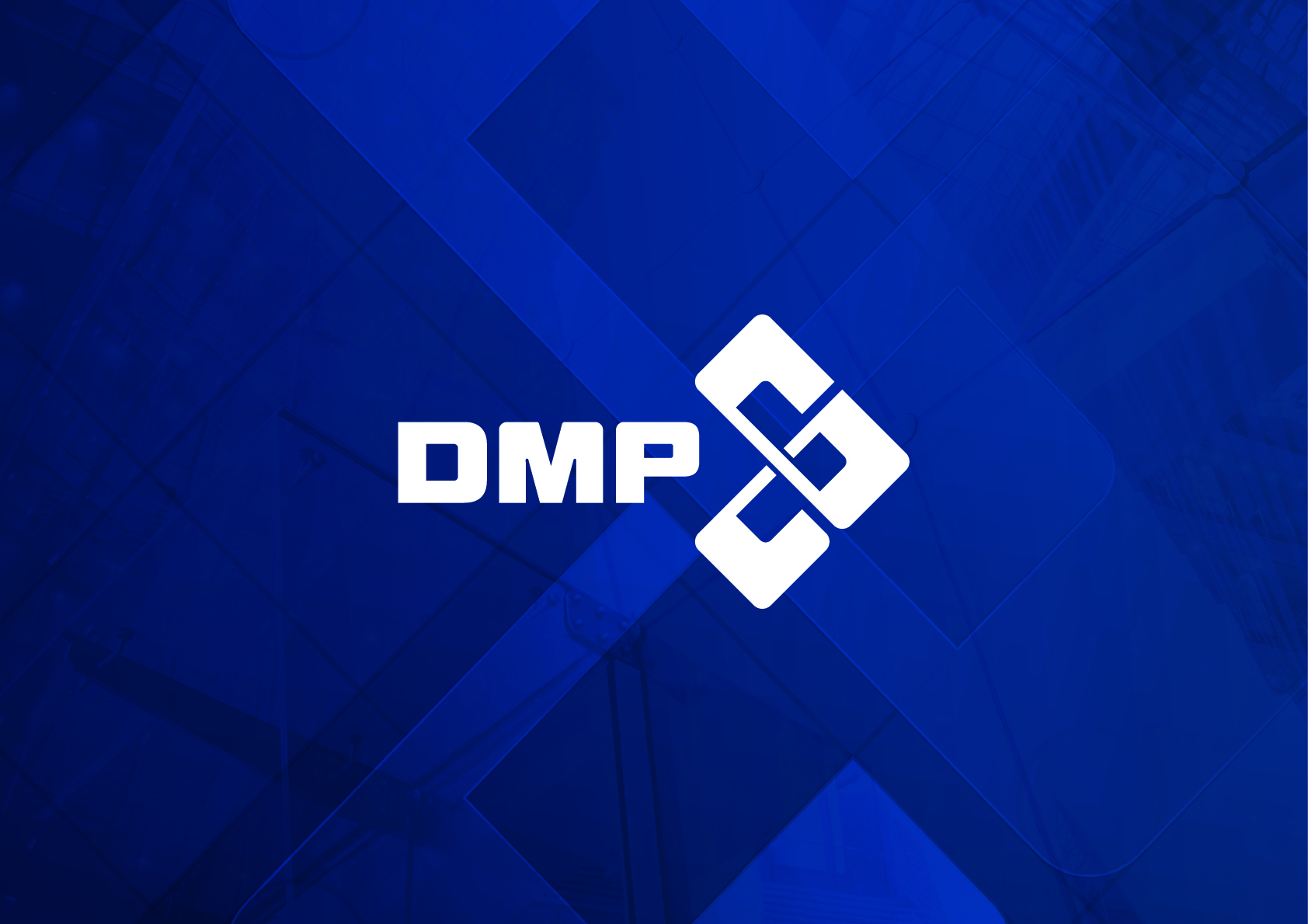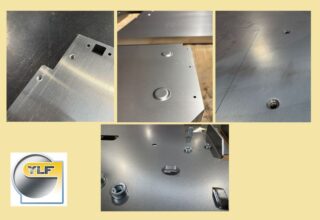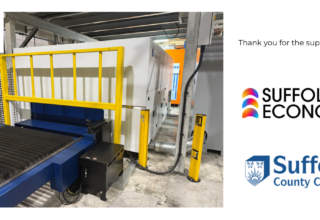
ADS Laser Cutting reports – With the second half of 2024 now well underway, it’s crucial to reflect on the trends that defined the first half of the year in the UK steel market.:
Review of H1 2024
Steel prices in the UK remained relatively stable during the first half of 2024, but a slight downtrend in June has made buyers increasingly cautious as they wait for prices to drop further. This caution is particularly evident in the mild steel market.
Demand for steel has been low throughout the year, driven by broader economic conditions and significant geopolitical uncertainty, including tensions in the Middle East and Eastern Europe, as well as the global electoral cycle, which has added to the market’s unpredictability.
Predictions for Q3 2024
As the global steel market transitions into the second half of 2024, several key factors are expected to shape pricing and demand dynamics. While there has been stability in prices, the overall market outlook remains uncertain and complex.
After the relative stability in H1 there is potential for a rise as demand increases across the globe. Some prices have already risen; stainless steel sheet prices have increased by about 6% and aluminium by 5%.

Source: BigMint
Global Events
The ongoing war between Russia and Ukraine, along with rising tensions in the Middle East, continues to drive instability in global steel prices. Geopolitical conflicts disrupt supply chains and create market uncertainty, leading to price volatility. Additionally, political unrest in Bangladesh has led to cautious buyer behaviour, with many delaying purchases.
In addition to these international conflicts, domestic challenges in key regions are also influencing buyer behaviour. Economic and social uncertainties in the UK, such as the recent riots, have contributed to a feeling of unease. These challenges have also led to local supply chain disruptions and a general sense of unpredictability. The combination of these factors has resulted in a cautious market, where participants are closely monitoring geopolitical developments before making significant buying decisions.
New Government
The new Labour government’s commitment to refreshing the UK’s steel industry is poised to significantly impact the sector, both domestically and internationally. By pledging £2.5 billion in investments, the government vowed to boost production capacity, stabilise steel prices, and enhance the sector’s resilience to global market fluctuations. This initiative could increase exports and reduce dependency on imported steel. Additionally, the focus on rebuilding the industry aligns with Labour’s broader industrial strategy, which seeks to ensure that British steel plays a pivotal role in national infrastructure projects and green energy initiatives.
However, the success of this strategy will depend heavily on the details of its implementation. While these promises are certainly attractive, there has been little information on how this investment will be used and what timeline British businesses should anticipate. Therefore, companies in the sheet metal industry need more details from the government, as they hope this promise will positively impact the sector and steel prices as a result.














